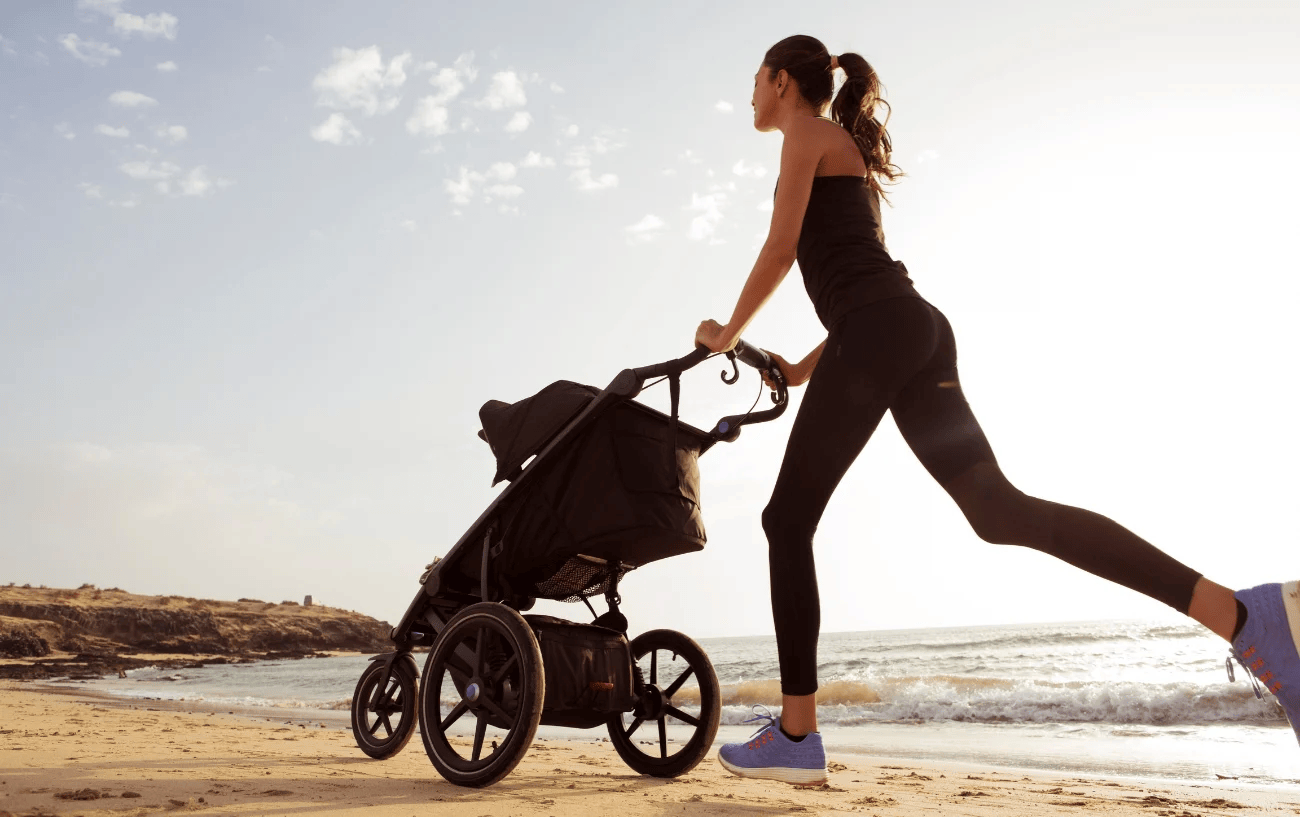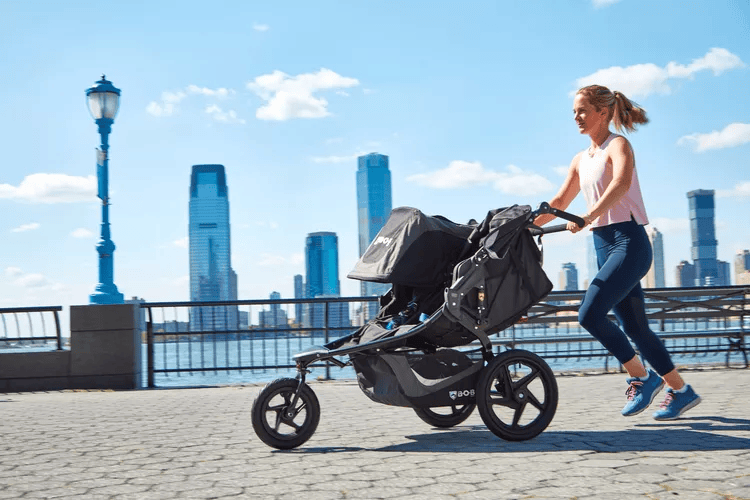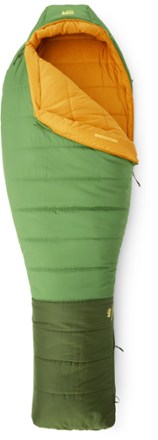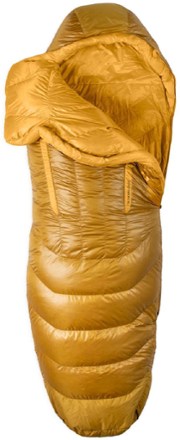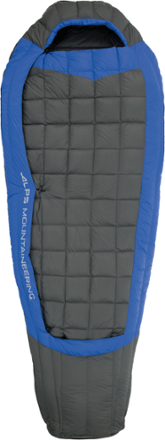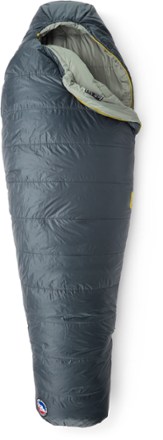How to Choose a Jogging Stroller
If you're planning to combine running with parenting duties,
a jogging stroller is a worthy investment. Unlike traditional strollers
designed for slow, smooth pavement walks, jogging strollers are built to handle
speed and rough terrain. Equipped with features like enhanced suspension
systems and handbrakes for better control, these strollers are perfect for
parents who want a versatile option for both casual strolls and active
workouts. While they are typically more expensive than standard strollers,
their durability and performance make them ideal for all-terrain use.
Jogging with your child can be a wonderful way to bond,
establish healthy routines, and enjoy the outdoors. Studies suggest that
outdoor activities can reduce stress for both children and adults, offering a
positive impact on overall well-being. Below, you'll find essential information
on selecting the right jogging stroller:
- Jogging Stroller Style and Capacity
- Terrain Considerations
- Jogging Stroller Safety Features
- Stroller Packability and Personalization
- Stroller Accessories
Important Note: Always check the manufacturer's minimum-age recommendations before using a stroller for jogging or uneven terrain. Children develop at their own pace, so consult with your pediatrician to ensure your baby has the neck strength and spinal development necessary for safe rides. Regardless of their age, ensure proper head support, dress them appropriately for the weather, and protect them from sun exposure.
Jogging
Stroller Style and Capacity
When selecting a jogging stroller, focus on two key aspects:
build and capacity to ensure it meets your needs.
- Build:
Whether you're jogging on sidewalks or tackling uneven trails, the
stroller's construction matters. Choose one with thick, durable tires and
a robust suspension system to absorb shocks and ensure a smooth ride for
your child. Look for labels like "all-terrain" or "high
suspension" as indicators of a stroller designed to handle bumpy
paths.
- Capacity: Consider
how many children you'll be bringing along.
- A single stroller
is ideal for one child, often supporting up to 75 pounds and suitable for
kids up to about 45 inches tall (nearly 4 feet). This means you can use it
for several years as your child grows.
- A double stroller
is designed for two children and often remains stable even when carrying
kids of different weights.
- If you’re looking for versatility, some bike trailers can convert into jogging strollers or cross-country ski trailers. These multi-purpose options are excellent for parents who enjoy various outdoor activities and want a single solution for cycling, skiing, and jogging with kids.
Terrain
Considerations
The tires of a jogging stroller are a key factor in determining how well
it handles different types of terrain. Depending on your running routes, you’ll
want to select a stroller with the appropriate tire design.
- Roads: If
you’ll mostly be running on paved surfaces and want a stroller that can
keep up with higher speeds, choose one with large-diameter tires and
sufficient suspension to absorb minor bumps. A streamlined design with a
comfortable seat and a reliable braking system will ensure a smooth and
safe ride on paved roads.
- Trails: For
off-road running, look for a stroller with thicker, larger wheels equipped
with treads that can handle rough terrain like dirt, rocks, and roots.
Strollers with 16-inch rear wheels and a 12-inch front wheel are optimal
for trail running, providing better stability and comfort.
Additionally, for ergonomic comfort and better handling, opt for a three-wheel stroller rather than a four-wheel design. The three-wheel
setup helps improve posture and makes maneuvering easier, whether you’re
running on roads or trails.
Jogging
Stroller Safety Features
When jogging with a child, safety should always be a top priority. Here
are some important features to look for in a jogging stroller to ensure a
secure and comfortable ride:
- Brakes: Look
for a stroller with both a handbrake and a parking brake. The handbrake
allows you to control speed on downhill runs, while the parking brake
locks the stroller in place when you need to stop and let go of the
handlebar.
- Front Wheel:
Choose a stroller with a locking front wheel. While a swiveling front
wheel is great for navigating tight spaces, it can wobble at higher
speeds, making the stroller harder to control. A fixed front wheel
provides better stability when jogging or running.
- Safety Loops: Many
jogging strollers feature wrist straps or safety loops on the handlebar.
These are useful for keeping the stroller attached to you, preventing it
from getting away, especially when running downhill.
- Harnesses:
A 5-point harness is standard in most jogging strollers and provides extra
security for your child. Ensure the harness is adjustable and comfortable
to keep your little one safely in place during your run.
- Comfort-Focused Accessories: Beyond
safety, comfort is crucial. A well-padded seat can protect your child from
bumps, and some strollers offer rear shock-absorbing systems that adjust
based on the weight of the child. Additional features like reclining seats
and retractable sun canopies provide extra comfort and protection from the
elements, ensuring your child stays comfortable and safe on your runs.
Stroller
Packability and Personalization
When choosing a jogging stroller, consider how easy it is to pack and adjust for different users.
- Adjustable Handlebar:
If more than one person will be using the stroller, look for a model with
an adjustable handlebar. This allows for a more comfortable push, ensuring
that both tall and shorter individuals can use it without strain. If you
are the sole user, select a stroller that allows you to stand upright with
your arms at a 90-degree angle for optimal comfort while jogging.
- Packability: Jogging
strollers with large, all-terrain tires are great for off-road runs but
may be difficult to pack into a vehicle. Consider strollers with removable
or swiveling wheels, which make them easier to pack without compromising
durability. Many jogging strollers also offer quick-release
collapsibility, which is a useful feature for caregivers who need to
transport the stroller to various locations.
Stroller
Accessories
While many jogging strollers come with essential features, some accessories can enhance convenience and comfort. Some key accessories to consider:
- Car Seat Adapters:
If you have an infant who can't yet support their head, look for a
stroller with a car seat adapter. These allow you to attach your infant
car seat directly to the stroller for safer walks. Note that these are
generally recommended for walking, not jogging.
- Handlebar Consoles/Snack Trays: These
handy additions provide a place for children to store snacks or drinks and
give caregivers a spot for their essentials like keys, phones, or wallets.
- Cargo Storage:
A stroller with a zippered cargo compartment underneath can be helpful for
storing extra layers, toys, snacks, and other essentials.
- Rain Covers and Sun Shields: If you're planning to run in warmer or wet conditions, you'll need extra protection for your child. While many strollers have built-in sun canopies, they may not be waterproof. Look for aftermarket stroller rain covers to keep your little one dry and shielded from the sun.
Once you've selected the perfect jogging stroller, make sure to consult
with both your pediatrician and your doctor to ensure that you're ready for the
added activity, especially if you’re new to jogging or have recently given
birth.

